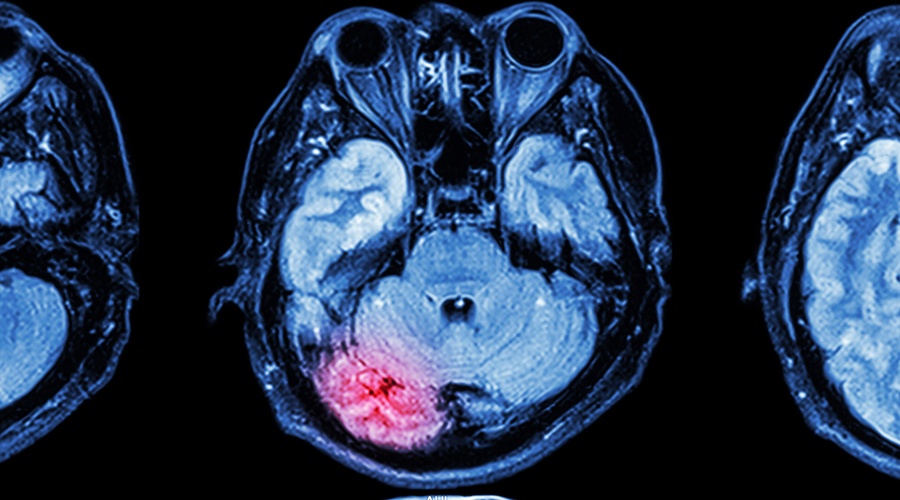What is an Anoxic Brain Injury and How Do You Treat It?

Oxygen powers each one of our trillions of cells. Cutting off the body's oxygen supply, even for just a few minutes, can result in permanent damage to the brain, or even death. In certain instances, an inadequate flow of oxygen may lead to an anoxic brain injury.
There are therapies available which may be able to aid those who have suffered from this type of condition to heal. Hyperbaric oxygen therapy is one of them.
WHAT IS AN ANOXIC BRAIN INJURY?
By definition, anoxic refers to “an abnormally low amount of oxygen in the body tissues.”
An anoxic brain injury occurs when the brain is starved of oxygen. Any event which prohibits you from breathing may potentially result in an anoxic brain injury.
ANOXIC BRAIN INJURY CAUSES INCLUDE:
- Choking
- Stroke
- Drug Overdose
- Suffocation
- Carbon Monoxide Poisoning
- Cardiac Arrest
- Extremely Low Blood Pressure
- Almost Drowning
ANOXIC BRAIN INJURY SYMPTOMS MAY INCLUDE:
- Loss of Consciousness
- Trouble Speaking
- Paraplegia or Quadriplegia
- Poor Coordination
- Loss of Vision
- Confusion or Irritability
- Memory Loss
- Inability to Understand Information or to Focus
- Headaches
- Mood Swings or Personality Changes
HOW DO YOU TREAT AN ANOXIC BRAIN INJURY?
While some people may recover over time from an anoxic brain injury, others can suffer permanent damage. If a medical professional has confirmed that you have experienced an anoxic brain injury, your next step should be to inquire about the different treatments available. Most patients are evaluated by a neurologist and receive physical, occupational, and possibly speech therapy, as well.
Hyperbaric oxygen therapy (HBOT) is a cutting edge method of treating an anoxic brain injury, which has grown in popularity in recent years. HBOT may sound complicated or intimidating, but it’s actually a fairly simple treatment that is neither invasive nor strenuous. During an HBOT treatment, patients are placed in a hyperbaric chamber—or a pressurized vessel—where they inhale pure oxygen over a certain period of time. Hyperbaric oxygen therapy revitalizes the cells in both your brain and body, improving their efficiency and functionality.
HBOT has been shown in clinical research to be a potentially effective tool for anoxic brain injury recovery. Improvements in gross motor function, as well as concentration and information processing, are possible. Of course, like any other medical condition, a person’s ability to heal is directly related to his/her individual situation.
Learn more about hyperbaric oxygen therapy and its role in your anoxic brain injury recovery.
Written by Dr. Scott Sherr
...




